
In dit hoofdstuk leer je wat argumentatieanalyse inhoudt en wat het doel ervan is: een methode waarmee je stap voor stap kunt bepalen of de argumentatie in een betoog aanvaardbaar is; wat de theoretische achtergronden zijn van de argumentatieanalyse: de klassieke disciplines logica, dialectica en retorica; hoe je de argumentatie in een betoog analyseert, waarbij je begint met het herkennen van standpunten en argumenten en vervolgens de argumentatiestructuur van de gehele tekst in kaart brengt; hoe je van elke individuele argumentatie in de tekst het type kunt identificeren; hoe je de aanvaardbaarheid, relevantie en toereikendheid van de individuele argumenten kunt vaststellen door de bij het argumentatietype behorende kritische vragen te stellen; hoe je de evaluatie van de afzonderlijke argumenten kunt gebruiken om te bepalen of je het hoofdstandpunt aanvaardt en welke zwakke plekken er in het betoog zitten.
Hornikx, J., & Wagemans, J. (2023). Argumentatieanalyse. In Karreman, J., & Enschot, R. van (Red.). Tekstanalyse: Methoden en toepassingen (pp. 151-214). Assen: Van Gorcum. [link]

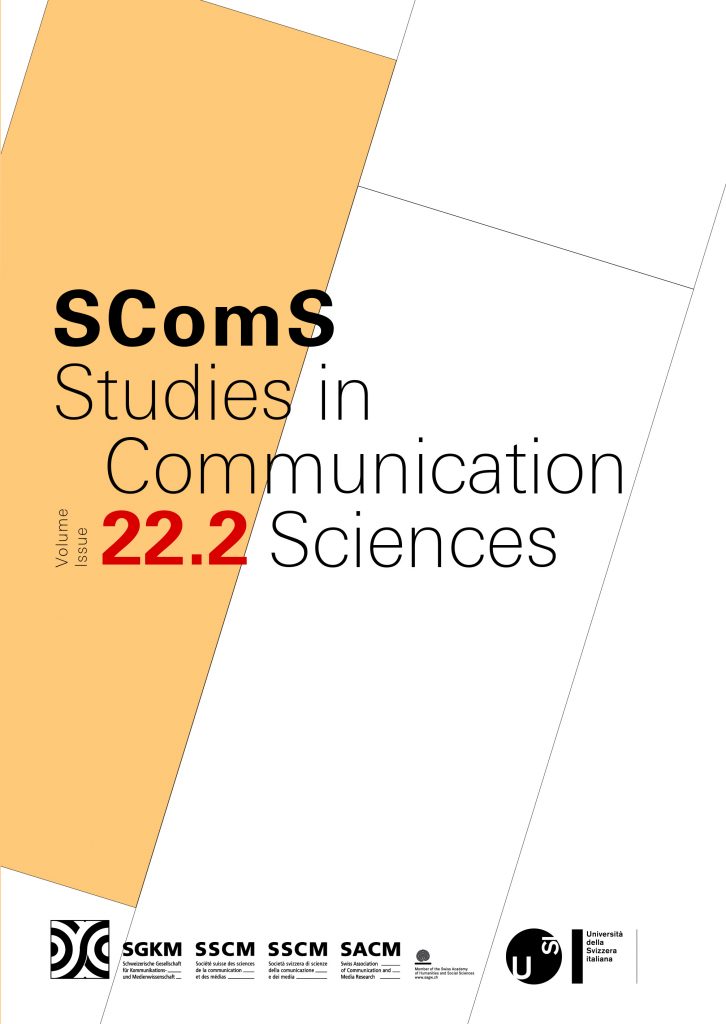
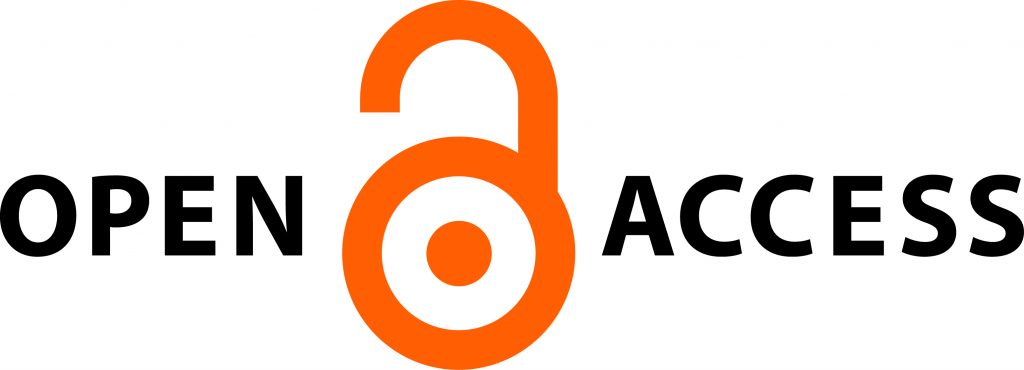
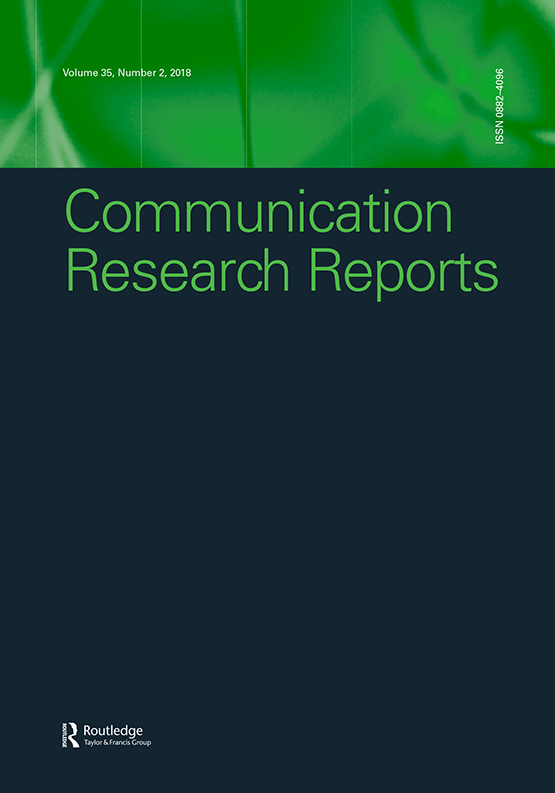
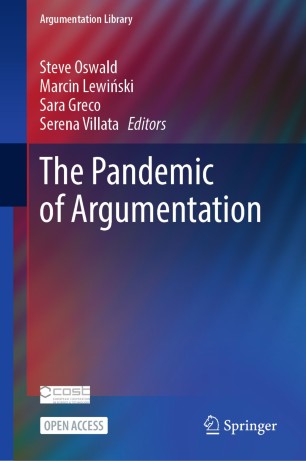
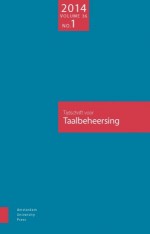


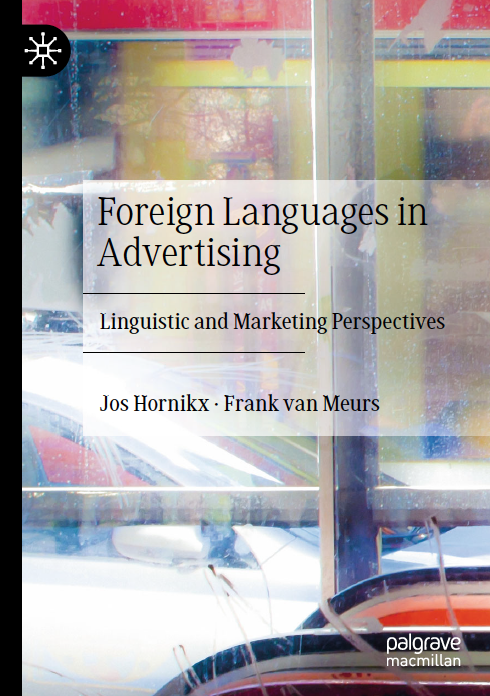
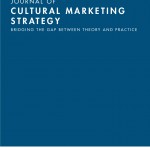
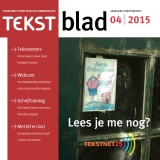 Technologie maakt het mensen lastiger om in aanraking te komen met afwijkende meningen. De angst is dat mensen polariseren en niet openstaan voor andere, soms betere keuzes. Onderzoek naar argumenteren en redeneren is daarom essentieel om te begrijpen hoe mensen afwegingen maken.
Technologie maakt het mensen lastiger om in aanraking te komen met afwijkende meningen. De angst is dat mensen polariseren en niet openstaan voor andere, soms betere keuzes. Onderzoek naar argumenteren en redeneren is daarom essentieel om te begrijpen hoe mensen afwegingen maken.